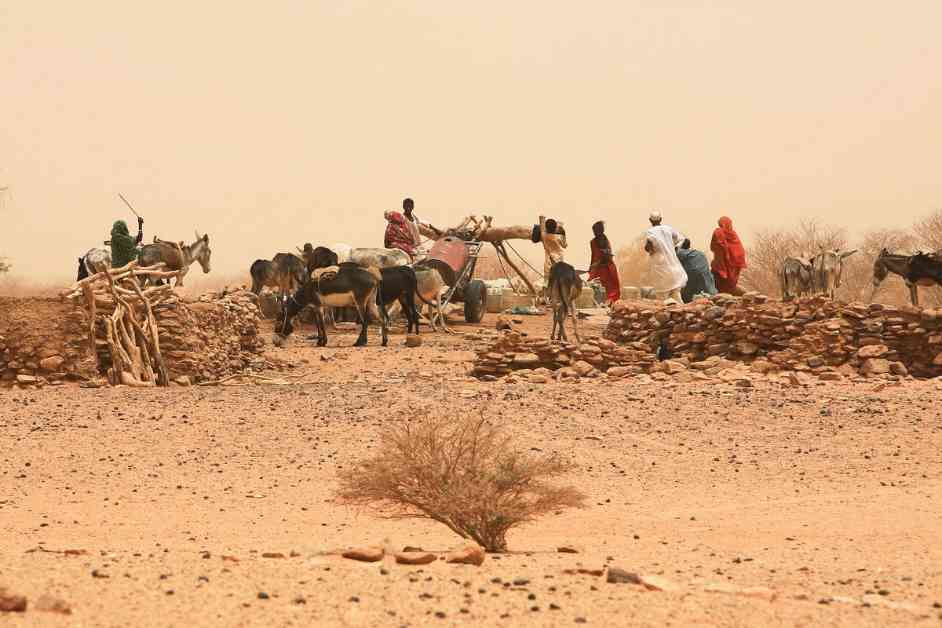In his recent book, The Heat and the Fury: On the Frontlines of Climate Violence, political correspondent Peter Schwartzstein provides a detailed account of how climate change is causing conflicts worldwide. Each chapter presents a specific case study, showing how climate change is exacerbating tensions and violence in various regions. From farmers and herders fighting over limited resources in the Sahel to impoverished farmers turning to piracy in Bangladesh, the impact of climate change on communities is profound.
Schwartzstein draws on his extensive reporting experience to humanize these complex conflicts and highlight the role of climate change in fueling violence. He explains how climate-related issues can distort decision-making and contribute to conflict in both local and national settings.
In a recent interview with Scientific American, Schwartzstein discusses the evolution of attitudes towards climate change and conflict. He explains that policymakers are beginning to recognize the significance of the link between climate change and violence, although there is still a long way to go in fully understanding and addressing these complex issues.
One of the challenges in quantifying the impact of climate change on conflict is the presence of multiple contributing factors. Schwartzstein emphasizes that while it may be difficult to measure the exact influence of climate change, it is essential to acknowledge its role in shaping conflict dynamics.
Through examples from his book, Schwartzstein illustrates how climate change can create conditions that make individuals more susceptible to recruitment by extremist groups. By exacerbating existing vulnerabilities such as drought-induced poverty, climate change can provide fertile ground for recruitment efforts.
Moreover, Schwartzstein discusses how climate change can affect the ways in which individuals think and feel, impacting their sense of identity and community. The disruption of familiar landscapes and patterns can contribute to trauma and influence decision-making in unexpected ways.
The interconnected nature of climate-related conflicts means that crises in one region can have far-reaching consequences globally. The migration of vulnerable populations from rural to urban areas can amplify the effects of climate-related instability, leading to broader implications for international security.
While much of the focus on climate-related violence has been on developing countries, Schwartzstein also highlights the impact of extreme heat on crime rates in wealthier nations. Instances of domestic violence and shootings tend to increase during periods of extreme heat, illustrating the interconnected nature of climate change and violence.
In conclusion, Schwartzstein suggests that environmental peacebuilding efforts offer a potential solution to mitigate the impact of climate-related conflict. By using environmental concerns as a platform for conflict resolution and collaboration, communities can work together to address the root causes of violence and instability. While the success of these efforts may vary, there is hope that environmental peacebuilding can play a significant role in creating a more peaceful and sustainable future amidst the challenges of climate change.










